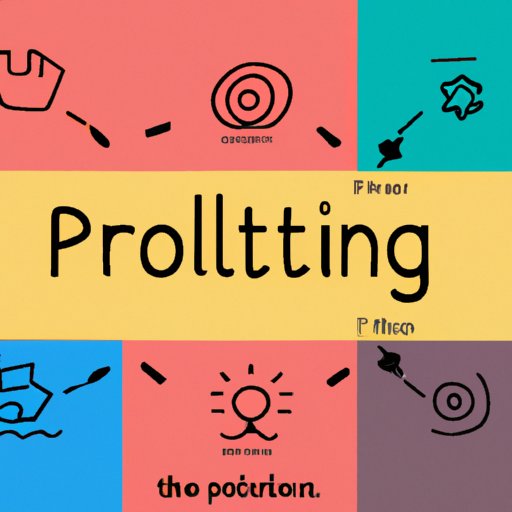Introduction
Problem solving is a skill that can be used in many different areas of life, from work to relationships. It involves using critical thinking and creativity to come up with solutions to complex challenges. In order to become a better problem solver, it’s important to understand the process and practice regularly. This article will provide an in-depth guide on how to become a better problem solver.
Break Down the Problem
The first step in becoming a better problem solver is to break down the problem into its components. This means understanding the underlying issues and recognizing any patterns or connections. To do this, start by asking questions about the situation. What are the goals? What resources are available? Who is involved? What is the timeline? Answering these questions can help you gain a better understanding of the problem.
Next, look for patterns and draw connections between the different elements of the problem. For example, if you’re trying to solve a work-related issue, consider how the different stakeholders are affected and what their motivations are. This can help you identify potential solutions that address everyone’s needs.
Try Different Approaches
Once you have a clearer understanding of the problem, it’s time to start brainstorming different ideas. Start by writing down every possible solution you can think of, no matter how far-fetched they may seem. Then, consider the pros and cons of each option. This will help you narrow down your choices and come up with a plan of action.
It’s also important to remember that there is rarely one “right” answer. Instead, think about different ways to approach the problem and try them out. Experimentation can lead to unexpected discoveries and new solutions.
Practice Mindfulness
Mindfulness is an essential part of problem solving. It involves stepping back and observing the situation without getting caught up in emotions or judgments. This helps you gain a better sense of what needs to be done and allows you to stay focused on the task at hand.
When problem solving, it’s also important to see the bigger picture. Ask yourself how the current challenge fits into the overall context of the situation. This can help you identify potential solutions that have a long-term impact.
Seek Creative Solutions
Creativity is key when it comes to problem solving. Look outside the box and come up with creative solutions that go beyond the obvious. Think about different ways to approach the problem and don’t be afraid to take risks. This can lead to innovative solutions that can make a real difference.
Reframe the Problem
Sometimes, the best way to solve a problem is to change the context or perspective. Reframing the problem can help you see things from a different angle and find the answer. For example, if you’re trying to solve a work-related issue, think about how you would approach the same problem in a different industry or profession.
Conclusion
Becoming a better problem solver requires practice and patience. Start by breaking down the problem into its components, asking questions, looking for patterns, and drawing connections. Then, try different approaches, practice mindfulness, seek creative solutions, and reframe the problem. With enough practice, you’ll be able to come up with effective solutions to almost any challenge.
(Note: Is this article not meeting your expectations? Do you have knowledge or insights to share? Unlock new opportunities and expand your reach by joining our authors team. Click Registration to join us and share your expertise with our readers.)
